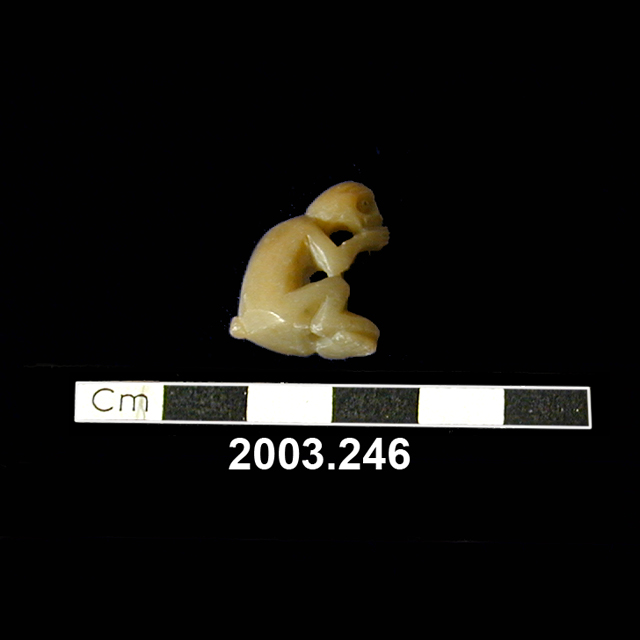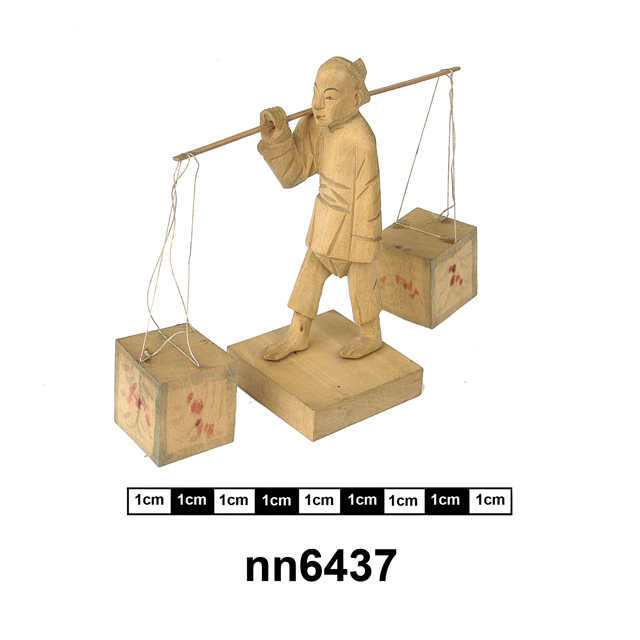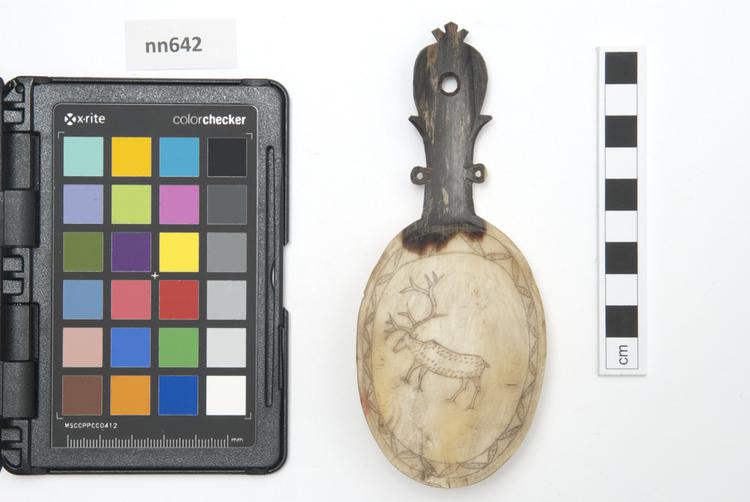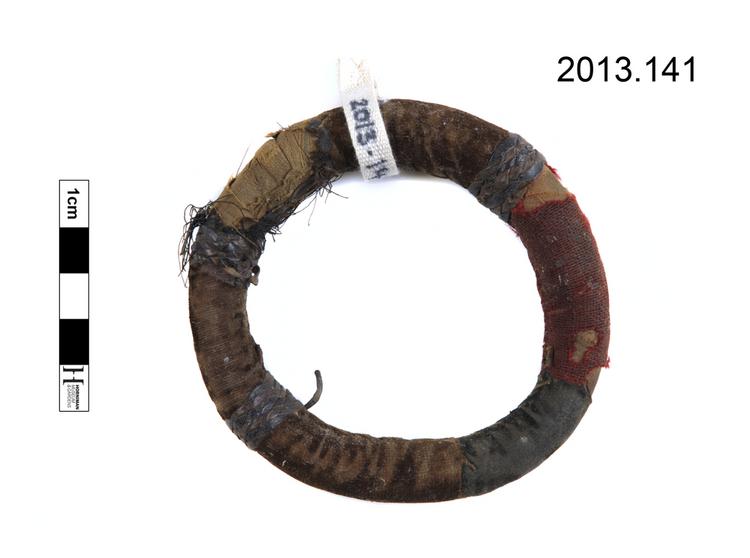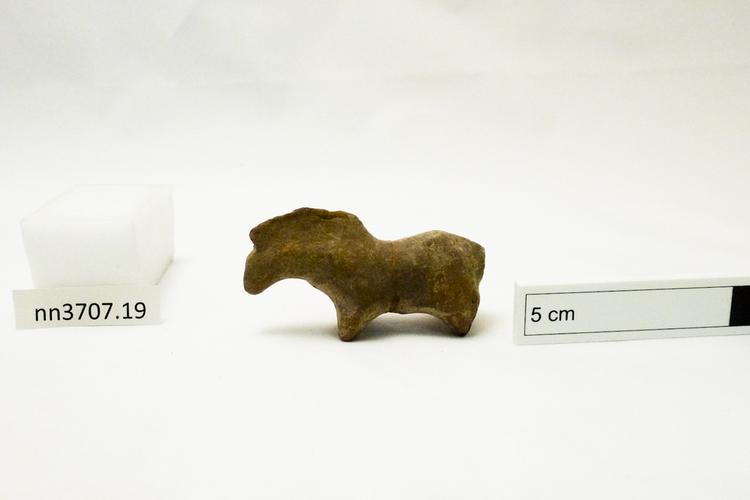
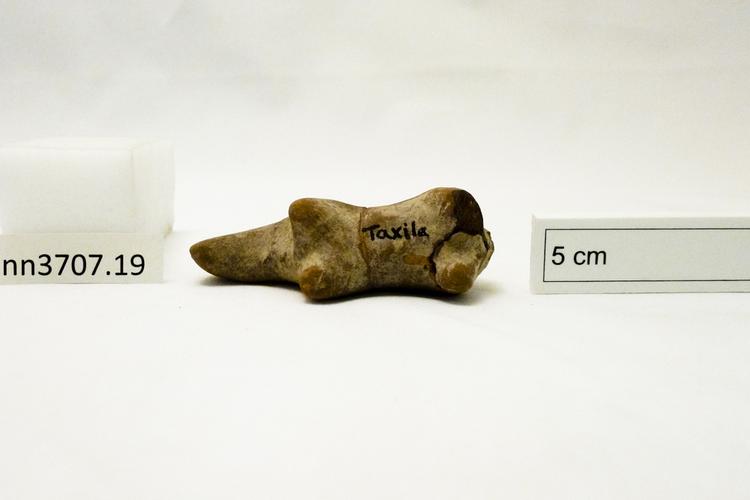
Red terracotta figurine of a horse, possibly with a light cream slip, missing its rear left leg and its tail. The figure has a high mane and short stumpy legs. Curiously, its midriff is notable for a scratch, possibly modern, engraved on the entire circumference of the body. Like all model animals in terracotta from these sites, clearly made in their thousands in ancient times, this horse may have been no more than a child’s toy. The surviving back leg has been stuck back on. Model horses in this region often had saddles and riders.
A red terracotta figurine of a horse, possibly with a light cream slip, missing its rear left leg and its tail. The figure has a high mane and short stumpy legs, and looking down as it seems to be, exhibits a generally sad demeanour. Curiously, its midriff is notable for a scratch (modern?) engraved on the entire circumference of the body. Like all model animals in terracotta from these sites, clearly made in their thousands in ancient times, this horse may have been no more than a child’s toy. The surviving back leg has been stuck back on. Model horses in this region often had saddles and riders. On the abdomen is inscribed in black ink the name ‘Taxila’, the great ancient city complex near Islamabad in northern Pakistan, though which part of that large area remains unknown. Early Historic Period, late centuries BCE or early CE. Archaeological context: presumably unstratified and from a surface collection. Given by Col D H Gordon (1952/3).



